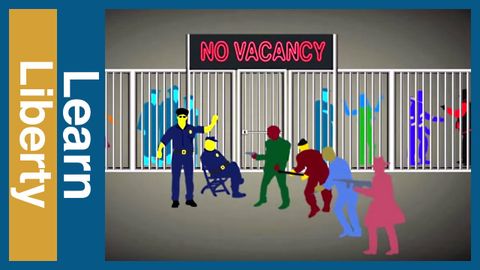
Subtitles & vocabulary
"What You Should Know About Drug Prohibition" | Learn Liberty
00
VoiceTube posted on 2016/09/29Save
Video vocabulary
quality
US /ˈkwɑlɪti/
・
UK /'kwɒlətɪ/
- Noun (Countable/Uncountable)
- Feature associated with someone or something
- High level of worth or excellence
- Adjective
- Of a high standard
A2TOEIC
More lead
US /lid/
・
UK /li:d/
- Noun (Countable/Uncountable)
- Wire for electricity, computer, etc.; cable
- Information that could help to solve a crime
- Adjective
- Being the main part in movies or plays
A1TOEIC
More increase
US /ɪnˈkris/
・
UK /ɪn'kri:s/
- Verb (Transitive/Intransitive)
- To make or become larger in size or amount
- Noun (Countable/Uncountable)
- Fact of increasing; amount something grows by
- A rise in strength or intensity.
A1TOEIC
More eliminate
US /ɪˈlɪməˌnet/
・
UK /ɪ'lɪmɪneɪt/
- Transitive Verb
- To completely remove; to get rid of
- To remove from a contest by beating them
B1TOEIC
More Use Energy
Unlock All Vocabulary
Unlock pronunciation, explanations, and filters
